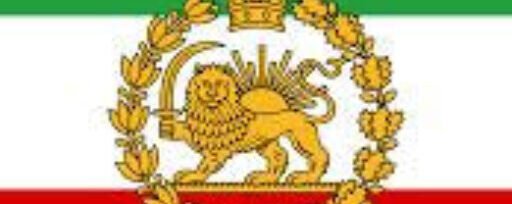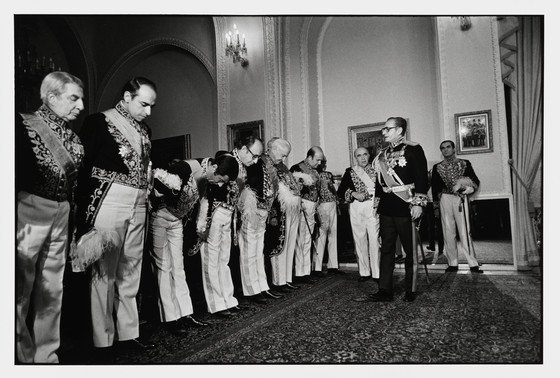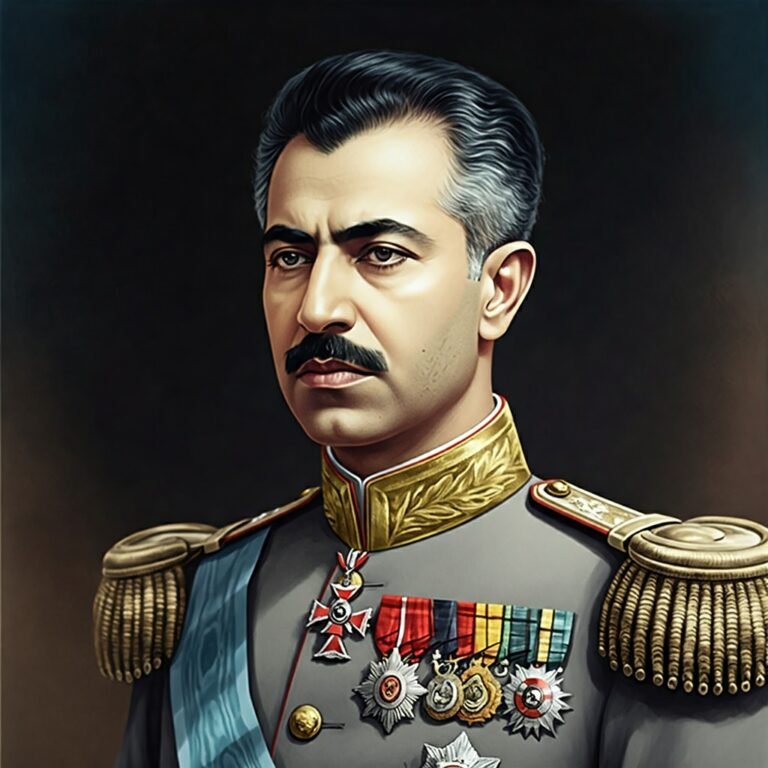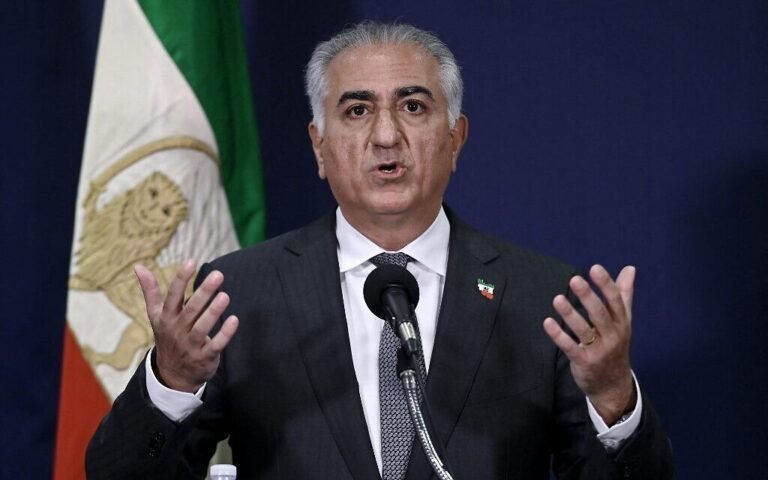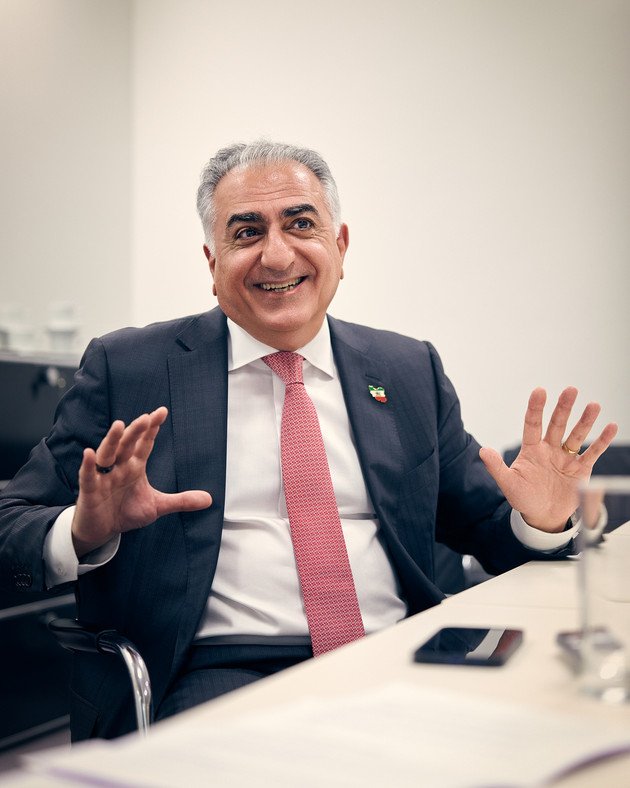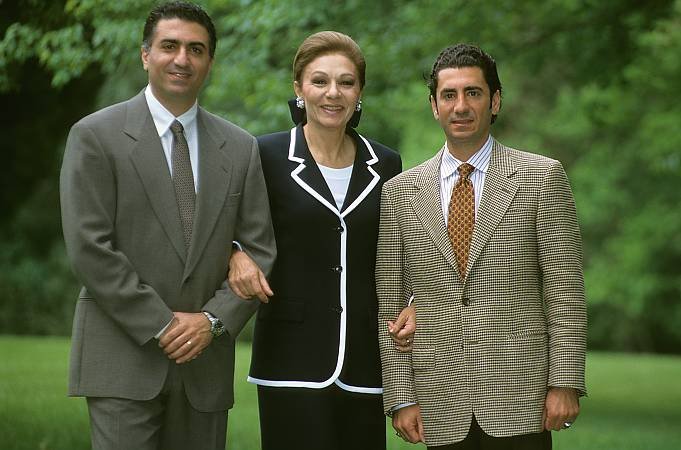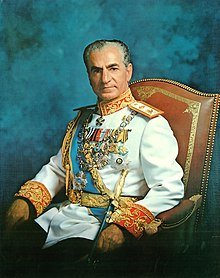Echoes of a Monarchy: Contemporary Iran and the Influence of Reza Pahlavi
Current Political Landscape in Iran
The political landscape in Iran today reflects a complex interplay of governance, civil movements, and international relations. The current government, led by President Ebrahim Raisi, has faced increasing pressure both domestically and internationally since taking office. National policies have often been criticized for their lack of transparency and accountability, raising concerns about the state of democracy in the country. Many citizens express dissatisfaction with the ruling authorities, citing economic hardships, and restrictions on personal freedoms as key grievances.
In recent years, civil movements have gained momentum, with protests erupting over various issues, including economic mismanagement and social justice. The youth in Iran play a significant role in these movements, utilizing social media platforms to mobilize support and communicate their demands for change. There has been a marked increase in political activism among younger generations, who are more inclined to challenge the status quo and call for reforms. Their engagement in activism reflects broader societal demands for greater political representation and improved living standards.
International relations also significantly impact Iran’s current political situation. The ongoing nuclear negotiations and tensions with Western powers, particularly the United States, contribute to a volatile environment. Sanctions have further exacerbated economic woes, making it difficult for the government to gain public support. The geopolitical landscape, including relations with neighboring countries, also influences domestic policies and public sentiment. As Iran navigates these challenges, the interplay of domestic movements and international pressures will continue to shape its political trajectory. A key factor in this evolving situation will be whether the government can address the demands of its citizens while maintaining its grip on power.
The Symbolism of King Reza Pahlavi in Modern Iran
King Reza Pahlavi, the founder of the Pahlavi dynasty, holds a complex and multifaceted position in the historical narrative of Iran. His legacy continues to evoke strong sentiments among various demographics within the nation and the diaspora. Many view him as a modernizer who sought to elevate Iran on the global stage through significant reforms in education, infrastructure, and the economy. However, others critique these developments as authoritarian and disconnected from the realities of the populace. This dichotomy underlines the ongoing discussions surrounding monarchy, nationalism, and identity in contemporary Iranian society.
The varying perceptions of King Pahlavi are often shaped by the generational divide. Those who experienced his reign often reflect positively on the stability and progress attributed to his leadership. Conversely, younger Iranians, primarily those born after the 1979 revolution, may hold a different view, seeing him more as a symbol of an oppressive regime. This spectrum of interpretations fuels discussions about a potential restoration of the monarchy and its implications for national identity and pride.
In recent years, the calls for reform or even the restoration of monarchy have gained traction amid the socio-political upheavals affecting Iran. Various factions within the diaspora advocate for a return to a constitutional monarchy, suggesting that the monarchy could play a stabilizing role in a democratic framework. In this context, Reza Pahlavi, the son of the late king, has emerged as a prominent figure in these discussions, advocating for democratic change while linking his vision to his father’s legacy. His efforts resonate with segments of the population seeking an alternative to the current regime and a pathway toward modernization that pays homage to the rich historical context of Iran’s past.
